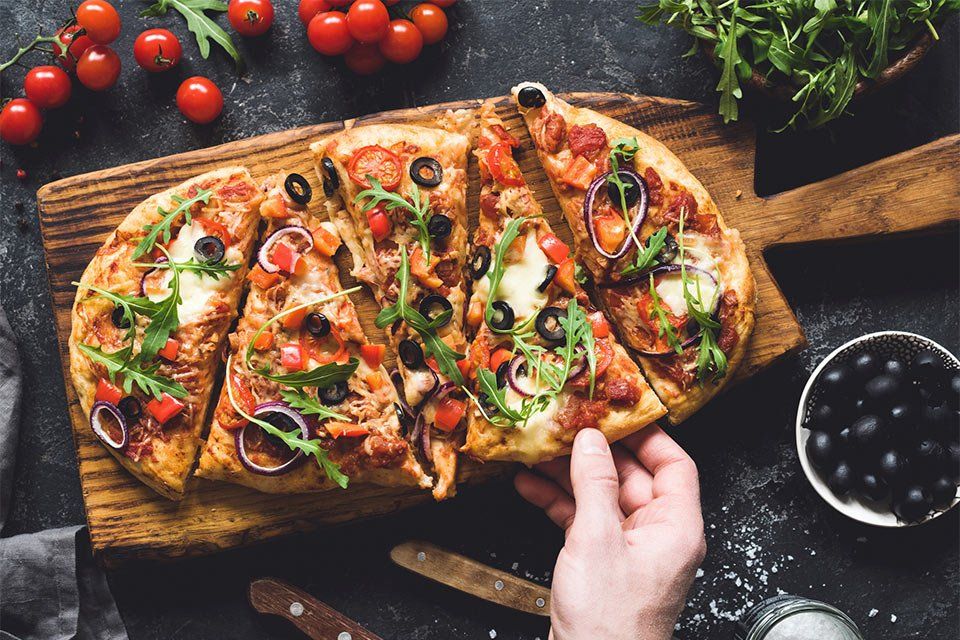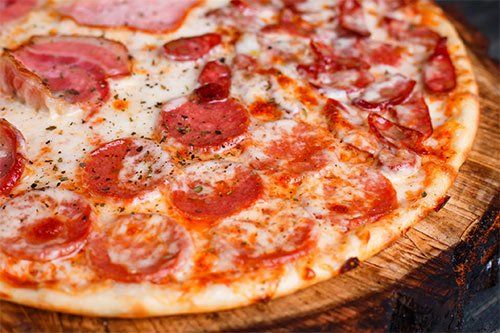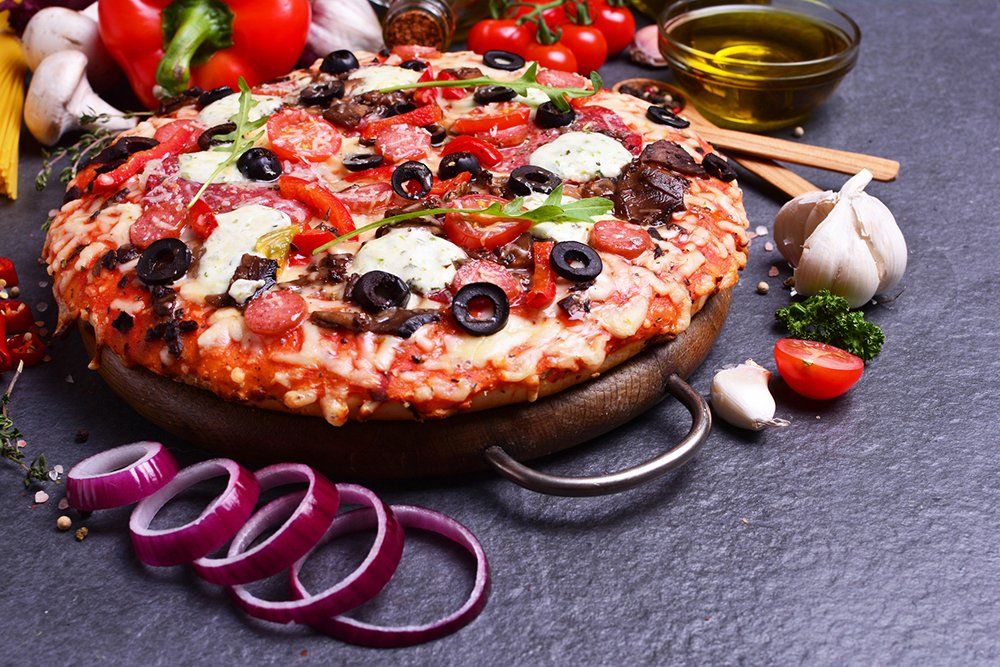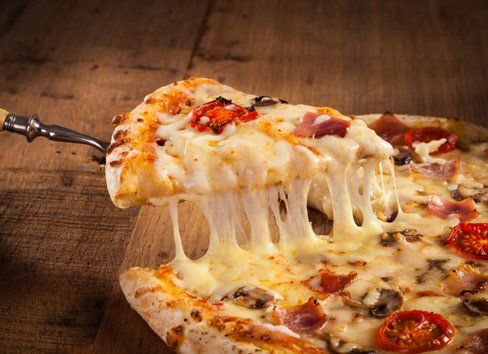What Is Needed to Make the Best Pizza Dough
- By Admin
- •
- 23 Aug, 2019
- •

A pizza crust is more than just a holder for the toppings you love because the dough adds texture and flavor as well. Pizza makers work hard to create a dough everyone can enjoy. Here are some examples of the type of efforts it takes to create the best homemade dough for your pizza.
Flour
All crusts must have some type of flour, but the choice is not random. A cook that prefers a thin, crisp crust may use all-purpose flour. Someone that likes a puffy, soft dough will likely select cake flour or one designed for bread-making; bread dough creates a chewy, soft interior with a crisp outer crust.
Many pizza makers prefer to use an Italian-style flour designed for products like pizza. The pizza dough cooks up thinner in the center but puffs up along the edge for a chewy crust.
In addition, the gluten content determines how springy, soft, or chewy cooked dough becomes. The difference is noticeable after baking and during the preparation because it affects the stretchiness of the dough as well. Softer, less elastic doughs are made with flour that has less gluten.
Oil
Pizza dough recipes include oil because it makes the process easier to stretch out the dough without any holes.
Oil also adds flavor. Since many people prefer the savory Italian flavors of a traditional pizza, many recipes use olive oil. However, some dough recipes include other oils because the strong aroma and flavor of olive oil do not pair as well with some toppings.
Another reason for the use of safflower or vegetable oil is because of dessert-style pizzas or when the dough doubles as the base for certain types of pastry. These oils still enable the dough to stretch properly, but they do not add any flavor that would conflict with the sweet ingredients.
Bubbles
The yeast that allows the dough to rise adds some air bubbles into the dough. When the bubbles form inside the crust it lets it rise and remain tender but chewy. Sometimes bubbles can become too large and appear on the outside of the crust.
Smaller bumps of this type are common in pizzeria pizzas and are not a problem - and they even add a texture many people enjoy. Large air bubbles are a problem because they can rise too high, push aside the toppings, and cause that section of the pizza to be hard and dry.
Large bubbles happen for several reasons. Proofing (allowing the dough to sit and rise before use) may not have been long enough, or it could have lasted too long. Bubbles can also form if the recipe uses too much water, or if the dough was too cold when it was stretched and baked. It takes time to perfect a recipe and technique to avoid large bubbles.
Heat
Every pizza maker has a preference as to what type of oven works best. Pizzas cook on grills, in brick ovens, and commercial pizza ovens. The appliances may vary, but all experts insist the pies cook at a high temperature. Many restaurants turn their ovens to somewhere around 500 degrees, but even as hot as 700 to 800 degrees is acceptable.
High temperatures enable the crust to cook crisp but not dry. The hot oven also melts the cheese quickly and evenly and allows it to brown slightly to bring out its flavor.
Frozen dough can never have the same flavor as a fresh dough pizza. At Camden House of Pizza, we make our homemade dough fresh every day. It is just one of the fresh ingredients we use to give you the best meal every time. Order today to experience the difference.













